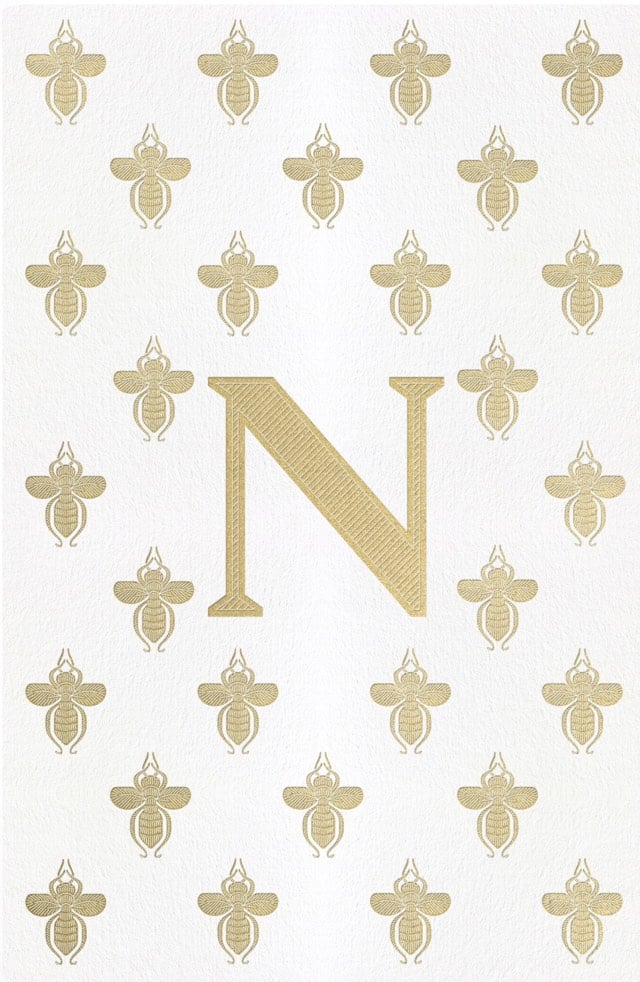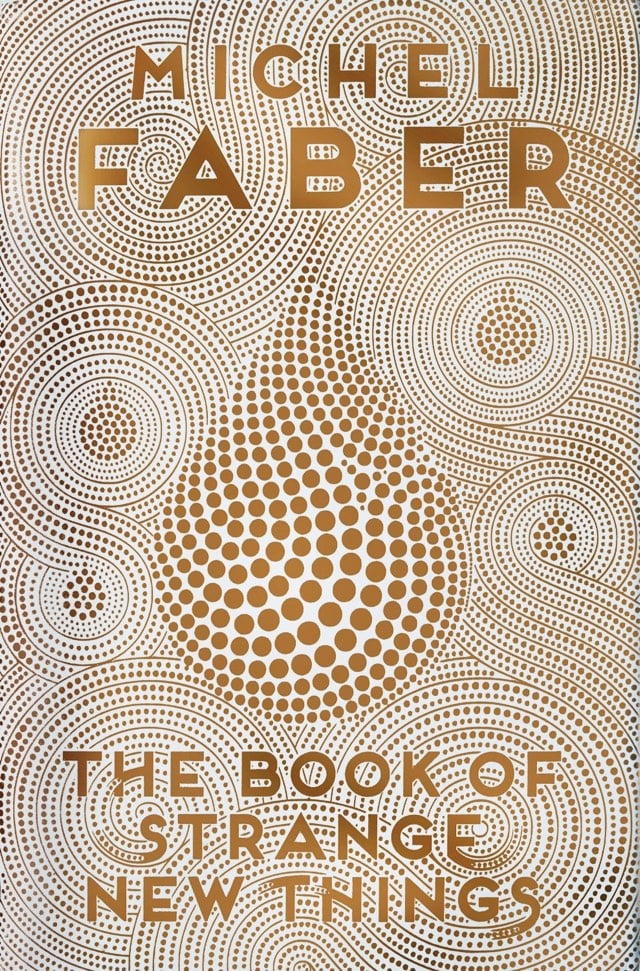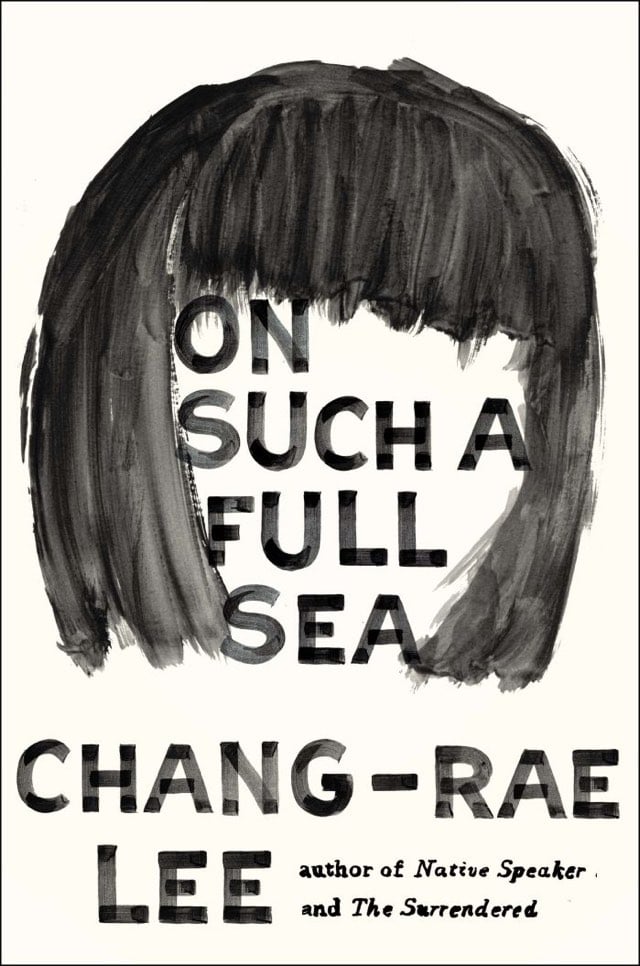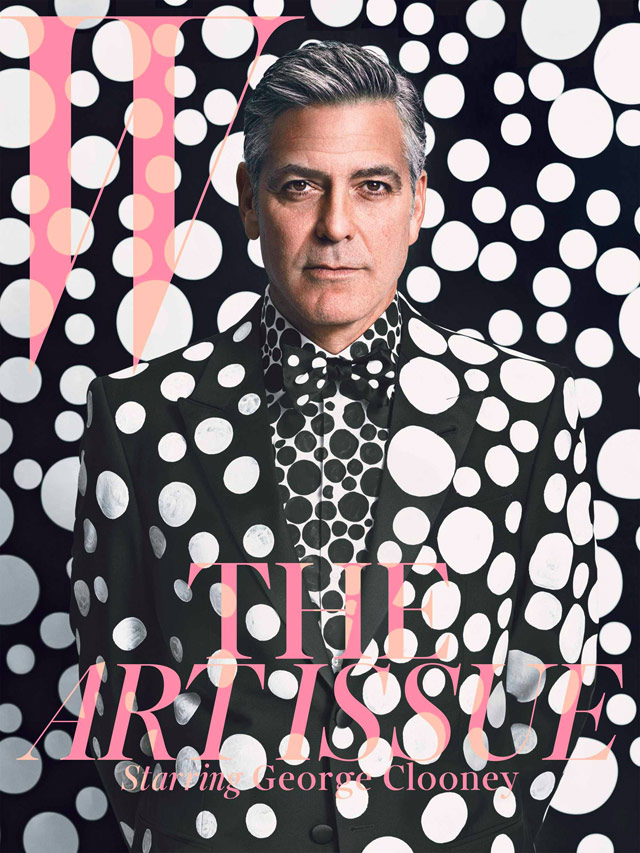kottke.org posts about best of
Legal scholar Cass Sunstein presents his annual list of the movies that best showcased behavioral economics for 2014.
Best actor: In 1986, behavioral scientists Daniel Kahneman and Dale Miller developed “norm theory,” which suggests that humans engage in a lot of counterfactual thinking: We evaluate our experiences by asking about what might have happened instead. If you miss a train by two minutes, you’re likely to be more upset than if you miss it by an hour, and if you finish second in some competition, you might well be less happy than if you had come in third.
“Edge of Tomorrow” spends every one of its 113 minutes on norm theory. It’s all about counterfactuals — how small differences in people’s actions produce big changes, at least for those privileged to relive life again (and again, and again). Tom Cruise doesn’t get many awards these days, or a lot of respect, and we’re a bit terrified to say this — but imagine how terrible we’d feel if we didn’t: The Top Gun wins the Becon.
(via @tylercowen)
At the NY Times, Nicholas Blechman weighs in with his picks for the best book covers of 2014.

Dan Wagstaff, aka The Casual Optimist, picked 50 Covers for 2014.

From Jarry Lee at Buzzfeed, 32 Of The Most Beautiful Book Covers Of 2014.

Paste’s Liz Shinn and Alisan Lemay present their 30 Best Book Covers of 2014.

And from much earlier in the year (for some reason), Zachary Petit’s 19 of the Best Book Covers of 2014 at Print.

Adrian Curry selects his favorites for the best movie posters of 2014. This one, for Gabe Polsky’s Red Army, caught my eye:

See also the best poster lists from Empire, Entertainment Weekly, and Indiewire. (via subtraction)
Jordan Hoffman is a huge huge huge Star Trek fan. So great is his fandom that he is able to rank every single episode from every single Star Trek series from #695 to #1. Several TNG episodes make it into the top 10, including Yesterday’s Enterprise, Darmok, and The Best of Both Worlds.
Physics World, the magazine of the Institute of Physics, has named their 2014 Breakthrough of the Year and nine runners-up. The top spot goes to the ESA’s Rosetta mission for landing on a comet.
By landing the Philae probe on a distant comet, the Rosetta team has begun a new chapter in our understanding of how the solar system formed and evolved — and ultimately how life was able to emerge on Earth. As well as looking forward to the fascinating science that will be forthcoming from Rosetta scientists, we also acknowledge the technological tour de force of chasing a comet for 10 years and then placing an advanced laboratory on its surface.
The other nine achievements, which you can click through to read about, are:
Quasar shines a bright light on cosmic web
Neutrinos spotted from Sun’s main nuclear reaction
Laser fusion passes milestone
Electrons’ magnetic interactions isolated at long last
Disorder sharpens optical-fibre images
Data stored in magnetic holograms
Lasers ignite ‘supernovae’ in the lab
Quantum data are compressed for the first time
Physicists sound-out acoustic tractor beam
Rolling Stone lists the 40 most groundbreaking music albums in history. Kanye West makes the list with 808s and Heartbreaks, Dr. Dre with The Chronic, Nirvana with Nevermind, and the Beatles with Rubber Soul and Sgt. Pepper’s. About The Chronic:
The album sold a world to white America that it had never really seen before, and packaged it with a soundtrack so funky there was no avoiding it. It was both raw, uncut underground and carefully composed pop. If Public Enemy confronted white America, The Chronic seduced it. For the first time ever, hip-hop’s mainstream and America’s were one.
I counted only four women artists though: Mary J. Blige, Loretta Lynn, Nico, and Carole King.
kottke.org favorite Matt Zoller Seitz weighs in on his top 10 best TV shows for 2014. For someone who doesn’t watch a ton of TV, I have seen a surprising number of these.
My friend David has been trying to tell me about Hannibal, but I haven’t been listening. Maybe I should start? Olive Kitteridge was great; Frances McDormand was incredible. True Detective was pretty good and I was lukewarm on Cosmos (I have NDT issues). Mad Men continues to be great…I keep waiting for it to fall off in quality, but it hasn’t happened. The Roosevelts was really interesting and like Seitz, I find myself thinking about it often. I’ve seen bits and pieces of John Oliver but I get enough of the “humans are awful ha ha” news on Twitter to become a regular viewer.
Other shows I’ve watched that aren’t on the list: Downton Abbey (my favorite soap), Game of Thrones (tied w/ Mad Men for my fave current show, although MM is better), Boardwalk Empire (strong finish), Sherlock (still fun, tho got a bit too self referential there), and Girls (gave up after s03e04 when it was airing but recently powered through rest of the 3rd season and is back in my good graces).

The 100 Greatest Console Video Games: 1977-1987 is a recent book chronicling the best games from the first golden era in console video games, from the Intellivision1 to the Atari 2600 to the Nintendo.
Businessweek is 85 years old and to celebrate, they’ve listed the 85 most disruptive ideas created during that time. They include kitty litter, Air Jordans, information theory, refrigeration, the jet engine, and the Polaroid camera.
Polaroids were the first social network. You’d take a picture, and someone would say, “I want one, too,” so you’d give it away and take another. People shared Polaroids the way they now share information on social media. Of course, it was more personal, because you were sharing with just one person, not the entire world.
I met Andy Warhol in the ’70s at the Whitney Museum and started doing projects with him because he loved my photographs. He’d never had a pal who was a photographer, so I was his guru, showing him what cameras to buy, what pictures to take. When Polaroid came out with its SX-70 model, the company sent big boxes of film and cameras to the Factory, which was at 860 Broadway (it’s now a Petco). Andy loved Polaroid. Everything was “gee whiz”; it was brand-new. So immediate. I took photos of him with his new toy.
From Silence of the Lambs (#1) to To Kill A Mocking Bird (#9) to Blade Runner (#28), these are the 50 best book-to-movie adaptations ever, compiled by Total Film.
Somehow absent is Spike Jonze’s Adaptation and I guess 2001 was not technically based on a book, but whatevs. The commenters additionally lament the lack of Requiem for a Dream, Gone with the Wind, The French Connection, Rosemary’s Baby, Last of the Mohicans, and The Wizard of Oz.
From CineFix, their top ten slow motion sequences of all time.
Includes scenes from The Matrix, Hard Boiled, Reservoir Dogs, and The Shining. But no Wes Anderson!?! *burns down internet* (via @DavidGrann)
Bill Rankin of radicalcartography picks his five favorite maps. The historical meanderings of the Mississippi River map from an Army Corps of Engineers report is a favorite of mine too:

How do you pick just 10 essays for a list of the best essays since 1950? You exclude any New Journalism, non-American writers, and even so, it must have been difficult. Here’s Robert Atwan’s full list and a few of his choices:
Susan Sontag, “Notes on ‘Camp’”
David Foster Wallace, “Consider the Lobster”
Annie Dillard, “Total Eclipse”
John McPhee, “The Search for Marvin Gardens”
Many of the essays are available online…ladies and gentlemen, start your Instapapers.
According to Rolling Stone, 1984 was the greatest year in pop music history. And they made a list of the top 100 singles from that year; here’s the top 5:
5. Thriller, Michael Jackson
4. Let’s Go Crazy, Prince
3. I Feel for You, Chaka Khan
2. Borderline, Madonna
1. When Doves Cry, Prince
1984 was also a fine year for movies and the most 1980s year of the 1980s. Both Bill Simmons and Aaron Cohen agree, 1984 was the best year.
From Cinefix, the 100 most iconic shots in film.
Skews heavily toward pop culture favorites, but still worth a look. Here’s a video with annotations of each scene. (via digg)
From CineFix, a collection of ten of the most iconic and memorable editing moments in cinematic history.
(via @brillhart)
The staff and contributors of Dissolve recently listed the 50 greatest summer blockbusters ever. Here’s #50-31, #30-11, and the top 10.
Blockbusters have become such an integral part of the way we talk about films that it’s hard to believe they haven’t always been with us. But while there have always been big movies-lavish productions designed to draw crowds and command repeat business-the blockbuster as we know it has a definite start date: June 20, 1975. That’s when Jaws first hit screens in the middle of what was once, in the words of The Financial Times, a “low season” when the “only steady summer dollars came, in the U.S., from drive-in theaters.” It’s summer, after all; why go to the movies when you could be outside? Jaws changed that. Star Wars cemented that change. And now, the summer-movie season is dominated by the biggest films Hollywood has to offer.
Jaws is the no-surprise #1 but Who Framed Roger Rabbit at #8? Hmm, dunno about that. And leaving Star Wars just off the top 10 is a bold move. My personal top ten would also have included Ghostbusters — I remember vividly waiting in line in the sweltering heat outside the El Lago theater to see Ghostbusters and just being completely and utterly blown away by it — and Terminator 2. Oh and Batman. I think I saw that movie half-a-dozen times in the theater and it was just everywhere that summer…the logo, that song by Prince, everything. (via @khoi)
The IPPAWARDS has been judging an iPhone photography competition since 2007 and they recently announced the winners of their 2014 competition.


Impressive stuff. I’ve been saying recently that the iPhone 5s is the best camera in the world. Looking back on the 2008 winners, it becomes apparent how much more comfortable photographers have become wielding this increasingly powerful device. (via the verge)

Apple recently announced their annual design awards for 2014. Some nice work there.
From NPR, a searchable sortable archive of the best commencement speeches, from 1774 to the present. What a resource. Two of my favorites, by David Foster Wallace and Steve Jobs, are represented.
Each speech is tagged by “theme or take-home message”, basically a taxonomy of commencement speech messaging. The most popular themes are:
12. Be kind
11. Yolo
10. Make art
9. Balance
8. Dream
7. Remember history
6. Embrace failure
5. Work hard
4. Don’t give up
3. Inner voice
2. Tips
1. Change the world
Trite stuff perhaps, but delivered in the right way and by the right person, it makes people wanna run through walls. Let’s go! (via @tcarmody)
Conor Friedersdorf has published his picks for the best journalism of 2013. This is always a great list. And you’re smart enough not to pooh-pooh it just because everyone else’s best of 2013 list came out in late November, right? Because the stuff on this list is evergreen? Good.
From the editors of The American Scholar, the ten best sentences. Presumably in all of literature? Here’s one of them, from James Joyce’s A Portrait of the Artist as a Young Man:
I go to encounter for the millionth time the reality of experience and to forge in the smithy of my soul the uncreated conscience of my race.
Why are these the ten best sentences?
Paul Ford set himself the task of picking five great works of software and he came up with Microsoft Office, Adobe Photoshop, Pac-Man, Unix, and Emacs.
I propose a different kind of software canon: Not about specific moments in time, or about a specific product, but rather about works of technology that transcend the upgrade cycle, adapting to changing rhythms and new ideas, often over decades.
As with everything Paul writes, it’s worth clicking through to read the rest.
Time Out polled more than 100 experts to find the 100 best animated movies. Here’s the top 10 (minus the top pick…you’ll have to click through for that):
10. Fantastic Mr. Fox
9. The Nightmare Before Christmas
8. Snow White and the Seven Dwarfs
7. The Iron Giant
6. Dumbo
5. The Incredibles
4. Toy Story
3. My Neighbor Totoro
2. Spirited Away
I’m delighted to see Fantastic Mr Fox on the list…it’s an underrated effort by Wes Anderson that will continue to grow in esteem as the years pass. No Wall-E in the top 10 though? I don’t know about that. It clocks in at #36, behind Chicken Run (the least of Aardman’s efforts in my mind) and Up, which is maybe my least favorite Pixar film. (via @garymross)

From Typographica, a list of their favorite typefaces from 2013. As you’ll see, good type design is happening all over the globe.
As evidence of that diversity, the 53 typefaces selected from 2013 were created by designers from at least 20 countries. […] This new phase of globalization and democratization of the font market began in earnest about a decade ago, propelled by newly accessible digital tools, online commerce, and post-graduate education in type design. It is a sea change. For centuries, places like Argentina, Brazil, Croatia, Lebanon, and New Zealand were vastly underrepresented in a type design community that was dominated by western Europe and North America. (And this only goes for Latin-based type. The burgeoning production of fonts in other scripts tells another fascinating story.) We will have much more detail about these changes in an upcoming report by Ruxandra Duru on the current state of typefounding around the world.
One that caught my eye is Clear Sans.
I was just wondering this the other day…where can you get good nachos in NYC? Serious Eats investigates.
Not only are they delicious (when made right, and we’ll get to that), but they practically create their own conversation. Everybody has an opinion on how chunky the guacamole should be. We all have feelings about whether chili or beans make a better topping. Who hasn’t considered whether or not they’d ever prefer a fresh jalape~no to a pickled one, and who hasn’t considered de-friending a friend who dares to express a preference for fresh over pickled? And then there’s the ever-raging debate of cheese sauce vs. melted cheese, a subject you might actually consider not broaching in mixed company.
I know we’re past the point of saying “happy new year” and lingering on last year, but this is my favorite annual best of list: Regret the Error’s The best and worst media errors and corrections in 2013. This correction from Marie Claire is pretty good:
In our July issue we wrongly described Tina Cutler as a journalist. In fact she is a practitioner of vibrational energy medicine.
And some quality historical truthiness from The Huffington Post:
An earlier version of this story indicated that the Berlin Wall was built by Nazi Germany. In fact, it was built by the Communists during the Cold War.
And Slate, get your Girls on some more in 2014 please:
This review misspelled basically everyone’s name. It’s Hannah Horvath, not Hannah Hovrath; Marnie is played by Allison Williams, not Alison Williams; and Ray is played by Alex Karpovsky, not Zosia Mamet.
Quora user Murali Krishnan sifted through Q&A site Quora for the best answers and found 270 of them. Among the topics covered are technology, gender, the meaning of life, mathematics, travel, and looks like almost everything else, including some fascinating examples of ancient technology. Looks like one of my favorites didn’t make the cut: Domhnall O’Huigin’s answer to What is the political situation in the Mario universe?
Magazine covers, movie posters, and book covers all have the same basic job, so it seemed proper to group these lists together: 50 [Book] Covers for 2013, The 20 best magazine covers of 2013, The 50 Best Posters Of 2013, Top [Magazine] Covers 2013, The Best Book Covers of 2013, The 30 Best Movie Posters of 2013, Best Book Covers of 2013. Lots of great work here. I still can’t figure out whether I love or hate this cover of W with George Clooney on it:

Newer posts
Older posts


















Stay Connected